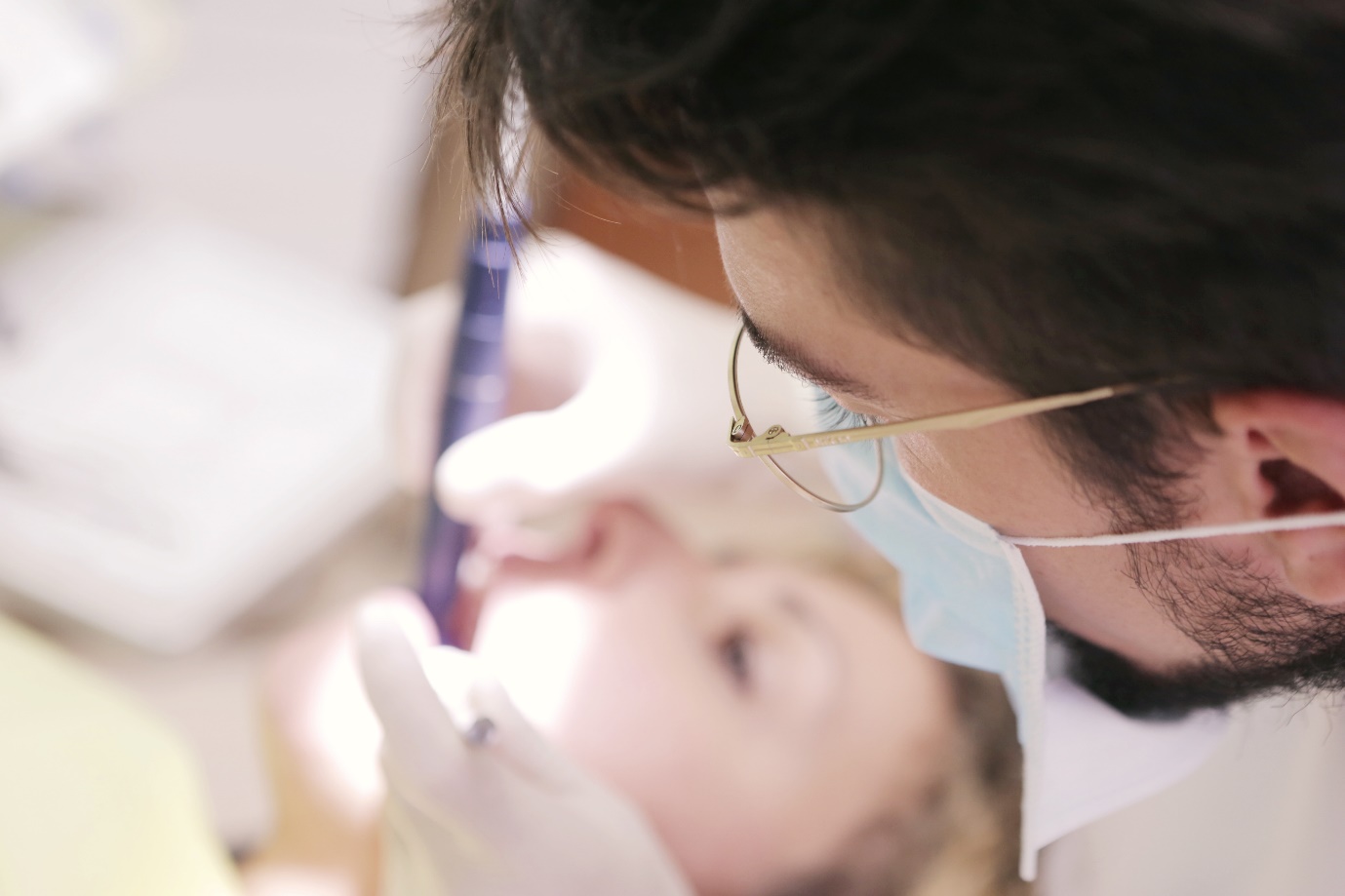There are more bacteria in your mouth than there are people in the world, which is why it is so vital to keep an excellent oral hygiene routine. If your mouth is not healthy, you are much more likely to develop infections, which can also go on to affect your overall health. Below are some of the most common infection people get in their mouths that highlights why keeping your mouth, teeth, and gums clean is so important.

Gingivitis
Gingivitis is also known as an early warning sign of gum disease, and if the infection is left untreated, it can develop into periodontal disease. It starts when bacteria attach themselves to the teeth just above the gum line and produces toxins. At the first signs of this condition, you will want to consult with the best dentist in North Shore or anywhere else in Australia to help you treat the disease.
Periodontal Disease
Following on from gingivitis is periodontal disease, where the infection spreads below the gum line and can cause other health complications. The condition can affect the mouth’s soft tissue and the jawbones that hold the teeth in place, so you must address the issue at the first warning signs that you notice. A regular check-up with your dentist can help prevent this condition from forming and ensure that you have healthy teeth and gums.
Hand, Foot, and Mouth Disease
Hand, foot, and mouth disease is highly infectious and is most common in toddlers and school-age children. Warning signs of this infection are a sore throat, a fever, sores on the inside of the cheeks, palms, soles of the feet, tongue, and buttocks, usually lasting for about three days.
Thrush
Thrush is an infection that can often be triggered by radiation, chemotherapy, and antibiotics. People suffering from conditions such as HIV are also much more likely to develop this condition. It can develop white sores on the roof of the mouth, cheeks, tongue, and the back of the throat and your dentist will be able to assist you in dealing with it.
Oral Herpes
Not to be confused with the sexually transmitted disease, oral herpes is similar but can be passed without intercourse. Patients can develop blisters on their mouth and lips, which can last for up to ten days, and it can also cause ulcers and flu-like symptoms for people suffering from it. The virus will always be in your system once you contract it, but it can be controlled if you visit your dentist, who can help you treat it.
Herpangina
Herpangina is another common infection found in humans’ mouths and is typically found in children between three and ten. It is most prominent during the summer and autumn seasons, and it causes small blisters at the back of the mouth. The condition’s symptoms are a fever, a sore throat, and difficulty swallowing, and if your child develops these symptoms, you should take them to the dentist for treatment.
These are a few of the most common infections we find in our mouths, and the best way to avoid any of these is by adopting an excellent oral hygiene routine.